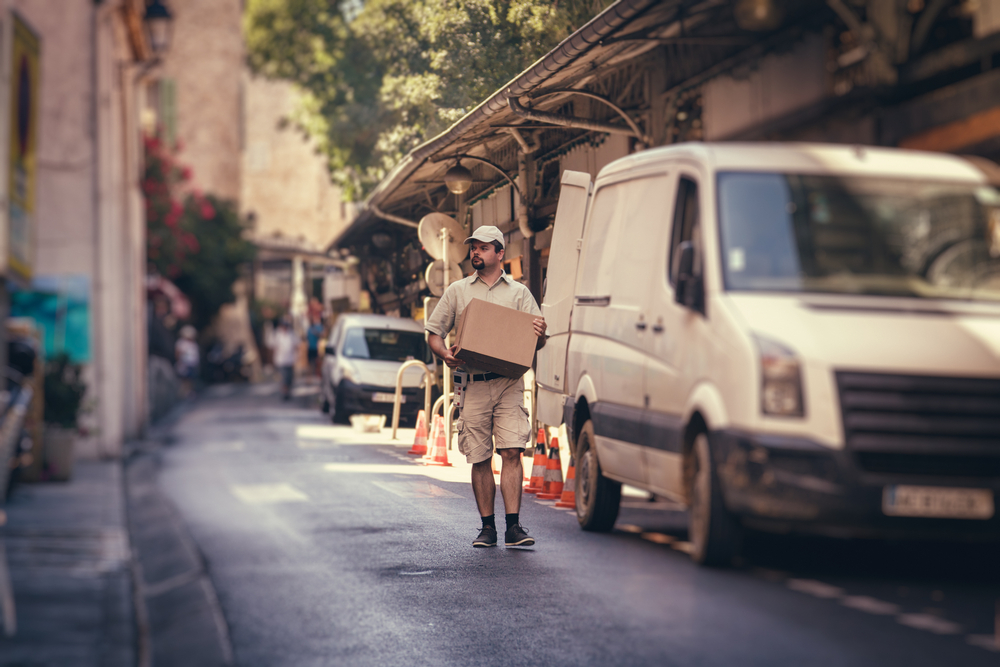A new assessment of the environmental impact of e-commerce, which Posti carried out together with Gaia Consulting Oy, a sustainable business consultancy, has revealed that most of the emissions produced over a product’s lifespan are generated during production and, regardless of whether the consumer buys the product from an online store or a physical store, the transportation route of products from the country of origin to Finland is essentially the same.
“E-commerce is growing, and we want to create a sustainable foundation for that growth. We want to better understand the impact of e-commerce on the climate and what we can do about it,” said Turkka Kuusisto, senior vice president, parcel and e-commerce at Posti.
According to the report, most of the environmental impact of consumer products is already determined during the planning phase. Over 80% of the emissions produced during the lifespan of products such as clothes are generated by the production of raw materials and the product itself. The total share of transport, retail and use is less than 20%.
The transportation route of products from the country of origin to Finland is also essentially the same, regardless of whether the consumer buys the product from an online store or a physical store.
According to Posti, the ease of buying and returning products while shopping online may encourage unnecessary consumption. However, online shopping also gives consumers access to a broad selection of sustainable products, regardless of where one lives. It is easier for companies to share information about the environmental impact of an item’s production through an online store than it would be at a physical store.
The report also found that peer-to-peer e-commerce can significantly extend the lifespan of a product. When consumers buy used products using platforms such as Tori.fi or recycling groups on Facebook, no emissions are generated by the production of new products or the disposal of used ones.
The last mile of the product, meaning the journey from Posti’s distribution-fulfillment center to the consumer, has a surprisingly strong effect on the overall emissions from the product’s transport, according to the report.
The factor that affects Posti’s last-mile emissions the most is delivery efficiency, meaning the number of items the driver is able to deliver during the working day. Other factors that affect last-mile emissions are vehicle type and delivery distance. Posti compensates for its emissions in Finland by supporting certified climate projects.
Consumers are advised to favor low-emission means of transportation for picking up parcels, or to pick up their parcels when doing their grocery shopping, for example. The assessment found that consumers can also reduce emissions by routing items to a point along their commute using the Oma Posti application.
The assessment also found that unnecessary returns increase emissions from e-commerce as well as the consumption of packaging material, and suggests that online stores can reduce the number of returns by giving enough information about their products and offering services such as virtual fitting rooms.
Posti cuts emissions by, for example, optimizing routes, improving the fill rates of cars and reducing unnecessary movement by adding parcel lockers to locations near consumers. Having online store deliveries depart from Posti’s warehouses also enables retailers to use their resources wisely. As part of the assessment, Posti created a guide for online stores on how they can reduce their emissions.
“Reducing emissions from parcel traffic is an important part of Posti’s business strategy. We want to be the most efficient and eco-friendly parcel delivery option for consumers. We commit to making the measures proposed in the assessment a part of Posti’s business operations,” added Kuusisto.


